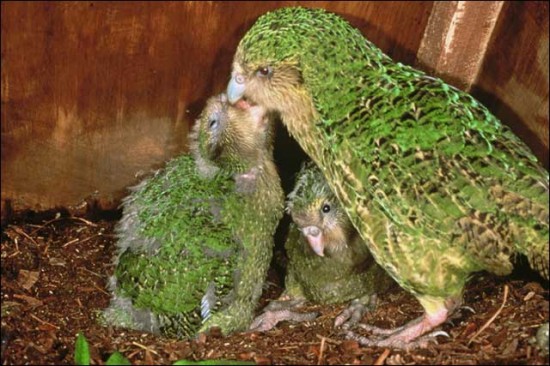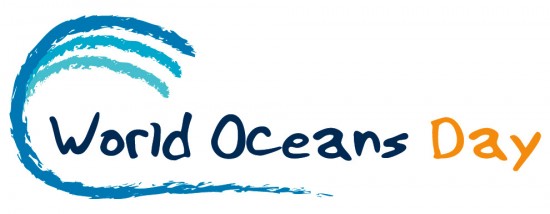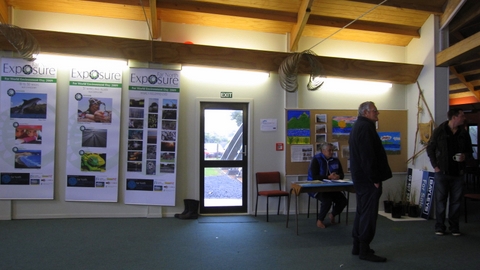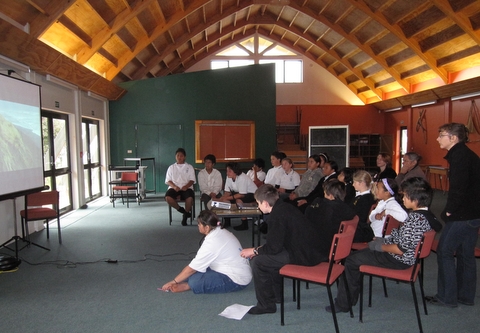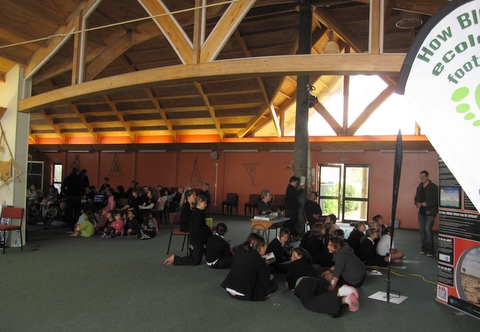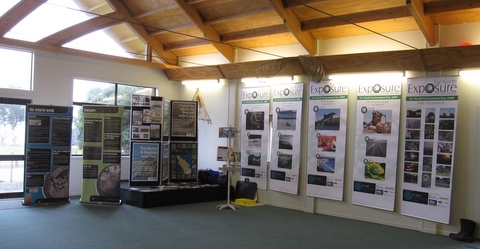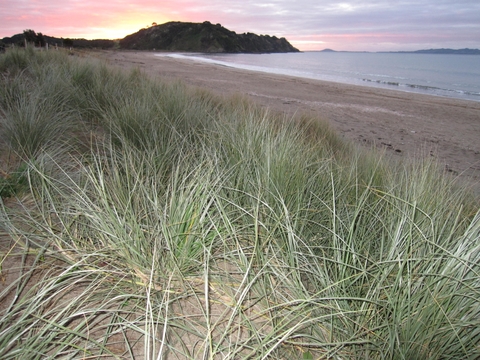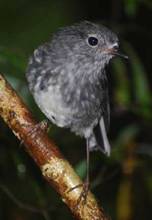
As the world marks the first UN Oceans Day, marine scientist Erich Hoyt says too little of the oceans has been set aside to protect marine life. In this week's Green Room, he explains why vast protected areas are needed to ensure the long term survival of marine mammals such as whales and dolphins.
 |
 If we can make homes for whales and dolphins, the ocean may just have a chance If we can make homes for whales and dolphins, the ocean may just have a chance 
|
Where do whales live? In the sea, of course; but the sea is ever changing.
We know that sperm whales search for squid in the dark canyons off the continental shelf.
We know that other whales and dolphins feed along massive seasonal upwellings fuelled by plankton explosions that attract vast schools of fish, which in turn attract seabirds, sharks and turtles, too.
We know that whales travel from feeding areas near the Arctic and Antarctic to warm equatorial regions where they breed and raise their calves.
So where precisely do whales live?
Well, this is the starting point for marine habitat-related research on whales and dolphins. We are still in the process of determining the fine points based on ocean depth, slope, temperature, currents and other factors; but we are learning.
And the more we learn, the more we realise how important it is to know where everything lives and how it functions in the dynamic environment of the sea; not just whales and dolphins but all marine life.
Habitats for a lifetime
Since the 1960s' save-the-whale movement started in California, we have made some progress reversing the momentum toward extinction that came from centuries of whaling.

Despite global campaigns, whale meat is still sold in a number of nations
|
There are still great threats to whales and dolphins as some countries continue to go whaling and dolphin hunting.
Hundreds of thousands of whales and dolphins are killed every year as bycatch and as a result of becoming tangled in fishing gear.
Also, overfishing has damaged ecosystems and food chains; the escalating noise in the sea from shipping, military sonar and hydrocarbon exploration has invaded their habitats.
On top of all this, there is the silent kill from chemical pollution and the effects of climate change.
Meanwhile, oil, gas and mining industries have their sights set on the vast ocean seabed.
If the lessons of intensification during the previous century show us anything, it is that we need to make a place in the sea for marine life.
We cannot save the whales unless we save their habitat.
Thinking big
International agreements, such as the Convention on Biological Diversity (CBD), have set a looming deadline of 2012 to create a network of worldwide marine protection areas (MPAs) in national waters and on the high seas.
Most countries have agreed to these targets yet few are on track to reach them. In the UK, the parliaments in Westminster and Edinburgh are currently considering new marine bills that will determine the future extent of efforts to protect the sea around the British Isles.
Compared to land-based protected areas, which cover an estimated 12% of the world's continents and islands, protection of the sea stands at only 0.65%, with highly protected areas limited to just 0.08%.
Countries such as Australia, the US, and Kiribati are currently leading the world in marine protection, even if they too clearly have a long way to go in terms of full implementation.
Better understanding
Whales and dolphins have colonised many marine habitats, and have intricate relationships with many other species.
With so many species and habitats, how can we uncover the key places where whales live, the critical areas needing protection?
The past 35 years of research tell us that the same whales are returning to the same places to feed, mate, give birth, raise their calves and socialise.
Mothers have calves and then travel with them, introducing them to their favourite spots, corresponding to ideal depths, water temperatures, currents and other conditions for nursing, resting, finding prey, and so forth.
 |
 If marine mammals are turning up on beaches or dying in nets, then these events should be warning flags for the whole ecosystem If marine mammals are turning up on beaches or dying in nets, then these events should be warning flags for the whole ecosystem 
|
This is the concept of site fidelity. How do we know this? Individuals within the various species of whales and dolphins can be distinguished by nicks or other markings on their fins and tails, or by pigmentation differences revealed by sharp photographs.
Thus, the animals can be named and distinguished, and therefore identified when re-sighted. These re-sightings have helped us reveal site fidelity as well as abundance, crucial to telling us that one area is more important than another.
To protect these favourite places we must establish legally binding MPAs. We must create management bodies and plans, and ensure there are provisions for enforcement and monitoring.
MPAs must be much larger than land-based protected areas because of the fluid nature of the ocean and the mobile nature of its inhabitants; in some areas we may need flexible or moveable boundaries with seasonal components.
To help advance the creation of MPAs, we devised the idea of "homes for whales and dolphins".
The great bonus is that by focusing on "homes" or safe havens for whales, we can protect much more.
Whales and dolphins are umbrella species. The size of habitats needed for their protection, including consideration of MPA networks across ocean basins, will give assistance to many other species as well.
The goal, if not yet the practice, of most marine conservation revolves around the concept of ecosystem based management; so theoretically, entire ecosystems could be protected.
Whales and dolphins are sentinel species. If they are present and healthy, there is a good chance that the entire ecosystem is healthy.
Many cetaceans are among the apex predator species first to go from an area if things are not right, so if we can protect whales and dolphins, we know we are on the right road.
If marine mammals are turning up on beaches or dying in nets, then these events should be warning flags for the whole ecosystem.
The lines are being drawn in the sea. Now more than ever we need a bold vision - big, ocean-wide networks of highly-protected areas.
Fifty years from now, we will see the present day as the time when we had a chance; when we made tough choices and either elected to develop the sea, converting it into some vast watery industrial site, or decided to help significant portions of marine nature to stay wild and sustain our planet.
If we can make homes for whales and dolphins, the ocean may just have a chance.
Erich Hoyt is a research fellow and Critical Habitat/MPA Programme lead for the Whale and Dolphin Conservation Society
He is also the author of Marine Protected Areas for Whales, Dolphins and Porpoises (Earthscan 2005)
The Green Room is a series of opinion articles on environmental topics running weekly on the BBC News website

